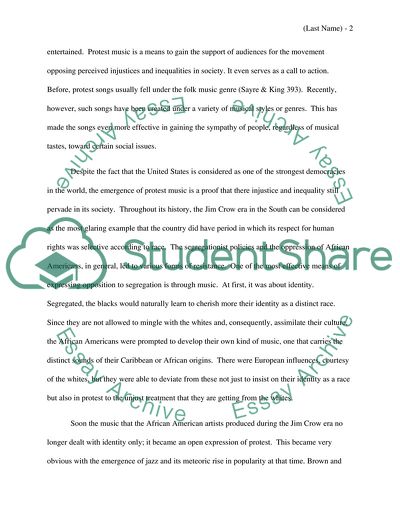Cite this document
(Music as a Medium of Social Protest in America Research Paper, n.d.)
Music as a Medium of Social Protest in America Research Paper. Retrieved from https://studentshare.org/politics/1760083-music-and-politics-academic-research-paper
Music as a Medium of Social Protest in America Research Paper. Retrieved from https://studentshare.org/politics/1760083-music-and-politics-academic-research-paper
(Music As a Medium of Social Protest in America Research Paper)
Music As a Medium of Social Protest in America Research Paper. https://studentshare.org/politics/1760083-music-and-politics-academic-research-paper.
Music As a Medium of Social Protest in America Research Paper. https://studentshare.org/politics/1760083-music-and-politics-academic-research-paper.
“Music As a Medium of Social Protest in America Research Paper”, n.d. https://studentshare.org/politics/1760083-music-and-politics-academic-research-paper.


